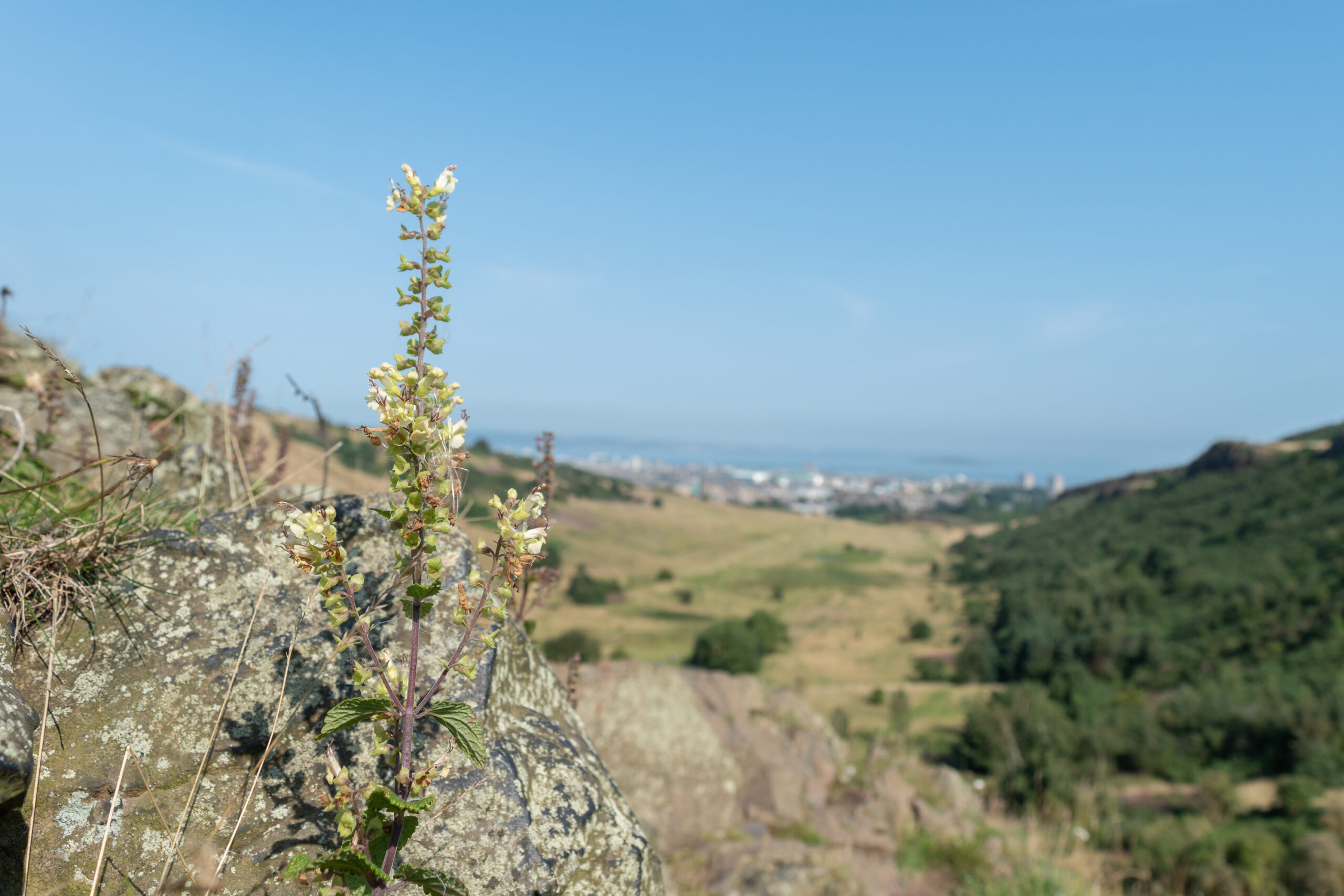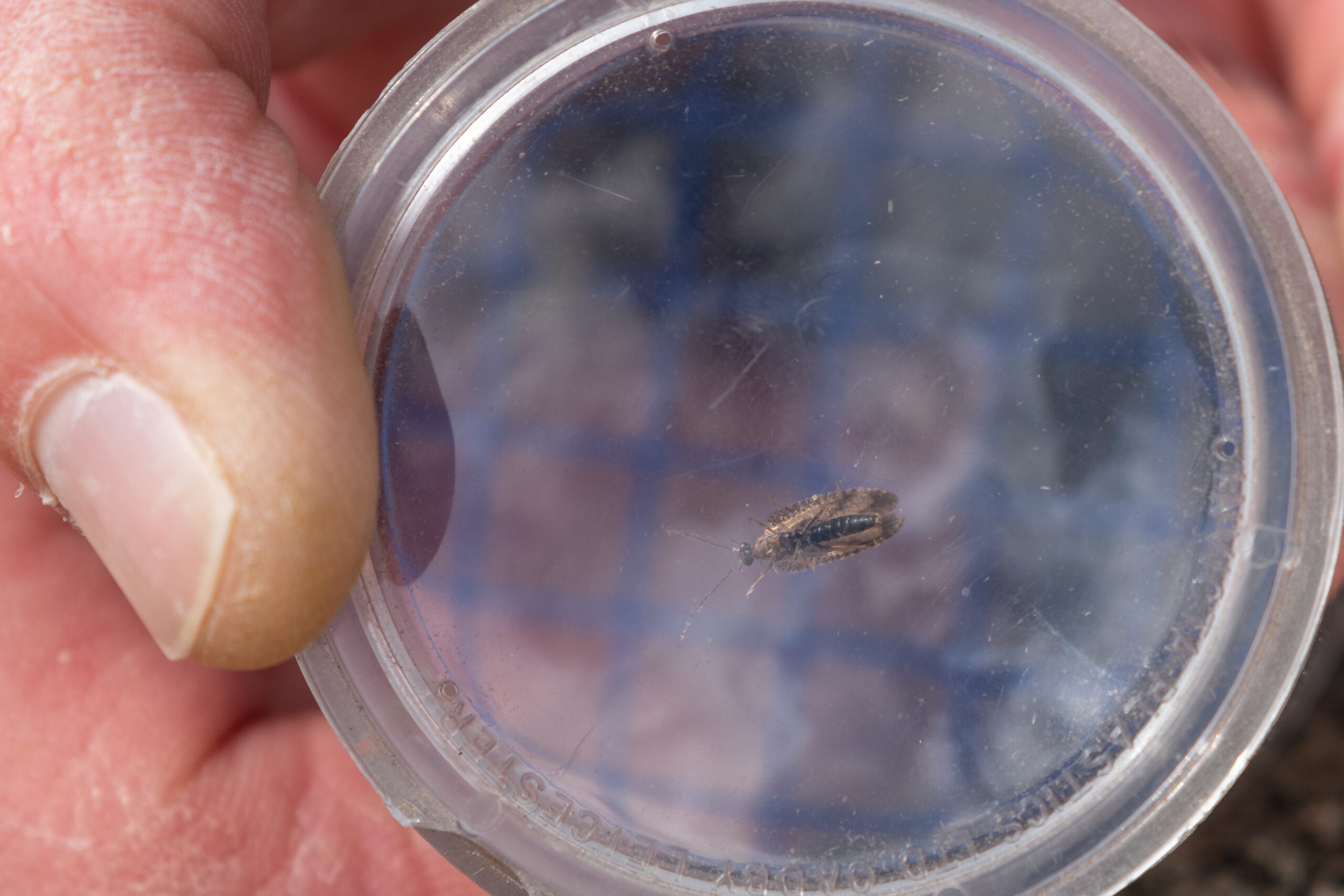Edinburgh’s Present Greenspace
,
This is the fourth in a series of blog posts on Edinburgh’s greenspaces, by postgraduate student, Jamie McDermaid. Jamie is studying Environment, Culture, and Communication at the University of Glasgow – with a particular interest in urban nature. This post looks at what greenspace is and how much Edinburgh has. It also discusses the benefits of greenspace, the quality of Edinburgh’s greenspace, and how it’s still being improved.
Why Look at Edinburgh’s Greenspaces?
As previous blog posts have discussed, Edinburgh is a unique city because it didn’t grow directly outwards from the city centre, consuming all the open space in-between. Instead, the development of railways allowed it to link up with smaller settlements, leaving several large spaces amongst the urban sprawl – and these are the greenspaces that remain in the city to this day.
A greenspace is often defined as any area of vegetation in or adjacent to an urban area. This can also include areas of freshwater (but not usually saltwater, which is problematic for a coastal city like Edinburgh). Greenspace Scotland states that greenspace makes up between 40 and 49% of Edinburgh, 6,000 hectares of land in total, making it the top city in the UK for greenspace (BBC). Edinburgh’s more central greenspaces are closer together and more numerous than the larger greenspaces towards the edge of the city. In the heart of the city, these areas are less than a mile apart from each other. This makes greenspace readily available and accessible for inner-city dwellers and visitors, and also improves habitat connectivity for urban wildlife.

©Jamie McDermaid
Why do Greenspaces Need to be Accessible?
Because they provide so many benefits to people.
Of course, they provide important habitats for wildlife, and vegetation such as trees can reduce the impacts of climate change and mitigate pollution. But simply by being able to use these spaces we gain access to education, recreation, improved mental and physical health, and an improved awareness of nature. And, conveniently, this space is all located on our very own doorsteps. Greenspace can even improve the investment value of a city – people generally want to live and work near attractive greenspaces.
As well as benefitting us, greenspace also ensures that wildlife is able to co-exist with us in an increasingly urbanised contemporary world. As the council say themselves in the Edinburgh Biodiversity Action Plan 2019-2021, ‘there is a wide diversity of habitats and natural places. The dramatic geology of Arthur’s Seat and Holyrood Park and river corridors such as the Water of Leith bring nature right into the heart of the city’. The unique geography of the city therefore provides a large number of greenspaces. Holyrood’s unique geology and plant-life, combined with its SSSI (Site of Special Scientific Interest) status, mean that is home to rare species such as the northern brown argus butterfly and the bordered brown lacewing; whilst the Water of Leith’s sheltered wildlife corridor is home to kingfishers, dippers, and otters. Furthermore, vacant and derelict land provides a safe haven for wildlife in the city because it’s fenced-off, preventing human disturbance, and because the disturbed ground allows rarer plant species to grow. Urban greenspaces are therefore not just more accessible and frequently visited than rural habitats, but are also often more ecologically rich.

©Jamie McDermaid

©Jamie McDermaid
Edinburgh’s Nature Projects
Improvements can still be made, however. Just because greenspaces are legally protected or set aside for nature does not necessarily mean that they are ecologically outstanding. Not all of Edinburgh’s greenspaces are quite so biodiverse as the Water of Leith or Holyrood Park. Many greenspaces are also managed solely for recreational use or aesthetic purposes. Programmes like the Edinburgh Living Landscape are helping to improve this by encouraging natural grasslands, meadows, tree planting, and bulb planting in urban areas. This will increase biodiversity in our urban greenspaces by encouraging insects, and therefore birds and mammals, back into the city.

©Jamie McDermaid
The creation of Edinburgh Nature Network was vital for identifying which areas of the city currently provide significant ecosystem services. It helped identify which areas might be improved to increase connectivity between habitats and boost biodiversity whilst also increasing quality of life in the city. A city full of biodiverse and connected habitats will benefit both people and wildlife. Focusing on our greenspaces will be key to ensuring these benefits continue, and are increased. Going forward, there needs to be a balance between the recreational and aesthetic requirements and the need for ecologically diverse habitats in our greenspaces to address the biodiversity and climate crises.
Jamie McDermaid
